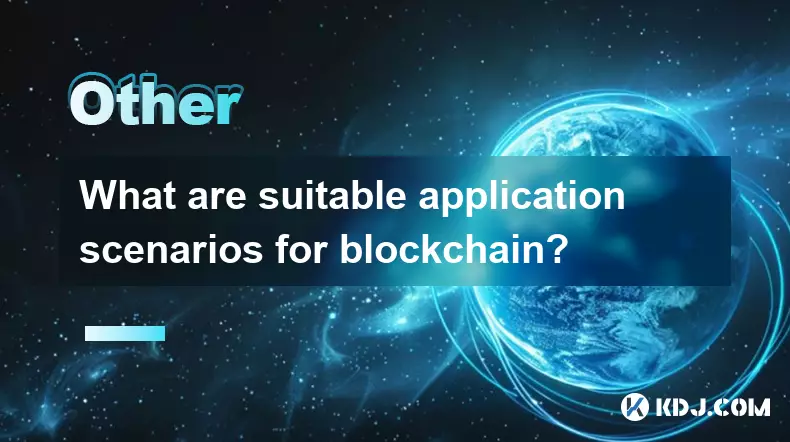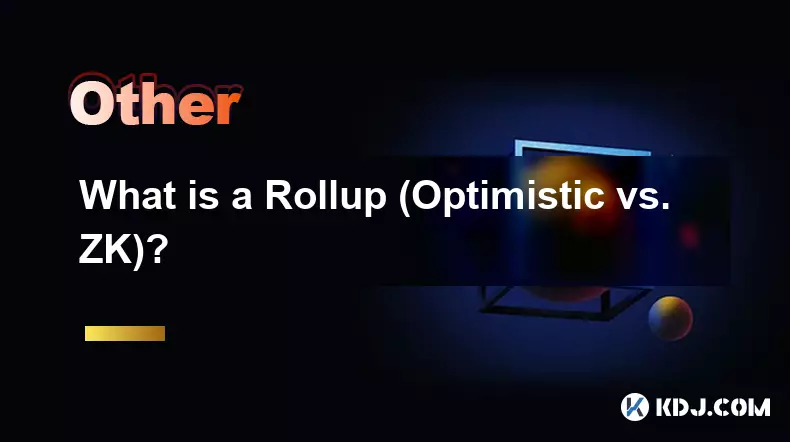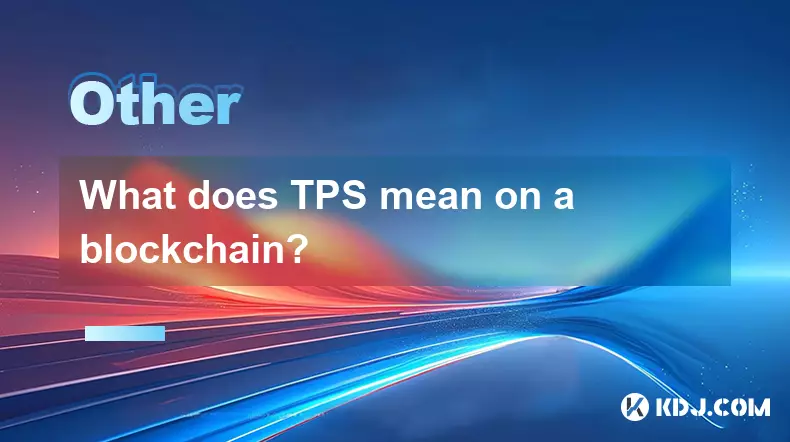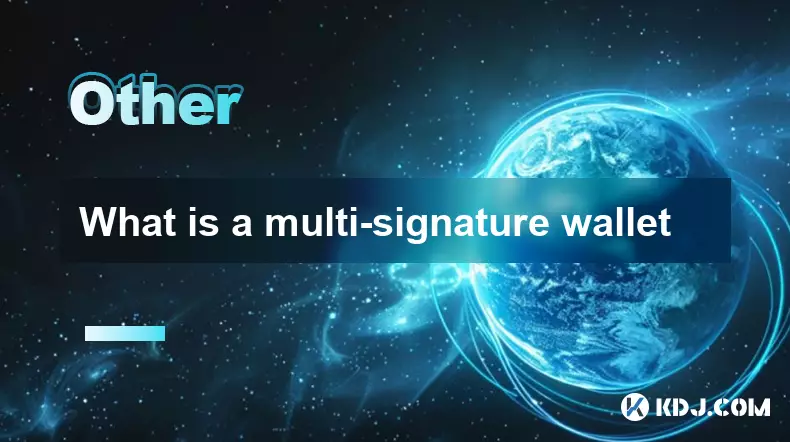-
 bitcoin
bitcoin $112195.049338 USD
2.42% -
 ethereum
ethereum $4124.915858 USD
2.81% -
 tether
tether $1.000570 USD
0.02% -
 xrp
xrp $2.861568 USD
2.25% -
 bnb
bnb $1000.346670 USD
3.04% -
 solana
solana $209.070819 USD
3.38% -
 usd-coin
usd-coin $0.999870 USD
0.02% -
 dogecoin
dogecoin $0.235379 USD
2.65% -
 tron
tron $0.335681 USD
-0.20% -
 cardano
cardano $0.803501 USD
3.38% -
 hyperliquid
hyperliquid $47.120881 USD
3.56% -
 chainlink
chainlink $21.501300 USD
3.44% -
 ethena-usde
ethena-usde $1.000571 USD
0.02% -
 avalanche
avalanche $29.793378 USD
3.62% -
 stellar
stellar $0.366964 USD
2.42%
What is the difference between a blockchain and a hashgraph?
Hashgraph uses a DAG-based gossip protocol for fast, secure consensus with high throughput, while blockchain relies on linear blocks and proof-based mining, offering proven security but lower scalability.
Sep 04, 2025 at 12:18 am

Understanding the Core Structure of Blockchain and Hashgraph
1. Blockchain operates on a linear chain of blocks, where each block contains a list of transactions and a reference to the previous block through cryptographic hashing. This sequential structure ensures immutability and transparency across decentralized networks. Every node in the network validates and stores a copy of the entire chain, contributing to security through redundancy.
2. Hashgraph, on the other hand, uses a directed acyclic graph (DAG) structure that records transactions in a more complex web of interconnected events. Instead of grouping transactions into blocks, each node creates an 'event' that contains one or more transactions and references two prior events. This allows for parallel processing and faster consensus without the need for mining.
3. The absence of blocks in hashgraph eliminates the issue of orphaned blocks and reduces latency. Transactions are not held in a mempool waiting for inclusion in a block; they are immediately propagated and confirmed through the gossip protocol. This results in higher throughput and more predictable confirmation times.
4. Blockchain relies heavily on proof-of-work or proof-of-stake mechanisms to achieve consensus, which can lead to centralization tendencies and high energy consumption in some cases. In contrast, hashgraph employs a voting-based consensus algorithm called 'virtual voting,' where nodes determine the consensus order of transactions without explicitly sending votes, reducing bandwidth usage.
Consensus Mechanisms and Performance Metrics
1. In blockchain networks like Bitcoin or Ethereum, achieving consensus requires miners or validators to solve complex cryptographic puzzles or stake tokens, which introduces delays and limits transaction speed. The average block time on Bitcoin is 10 minutes, restricting scalability for real-time applications.
2. Hashgraph achieves asynchronous Byzantine Fault Tolerance (aBFT), meaning it can reach finality even under adversarial network conditions without assuming synchronized clocks. This level of security is mathematically proven and exceeds the probabilistic finality found in most blockchain systems.
3. Transaction finality in hashgraph occurs within seconds, with the platform capable of handling hundreds of thousands of transactions per second. This performance advantage makes it suitable for high-frequency trading, micropayments, and enterprise-grade applications where speed and certainty are critical.
4. Blockchain networks often face congestion during peak usage, leading to increased fees and delayed confirmations. Hashgraph’s design inherently avoids such bottlenecks due to its efficient gossip-about-gossip protocol and lack of block size constraints.
Data Efficiency and Network Propagation
1. Blockchain requires every node to download and verify the entire history of blocks, which becomes increasingly resource-intensive as the chain grows. Full nodes must store gigabytes of data, creating barriers to entry for lightweight devices.
2. Hashgraph compresses historical data through state syncing and does not require nodes to reprocess old transactions. Once consensus is reached on a state, only the latest state needs to be preserved, improving storage efficiency and enabling faster node synchronization.
3. The gossip protocol used in hashgraph ensures rapid dissemination of information. Each node randomly shares events with another node, creating an exponential spread of data across the network. This contrasts with blockchain’s flooding mechanism, where new blocks are broadcast to all peers simultaneously, consuming more bandwidth.
4. Because hashgraph nodes only need to retain recent events for validation, the system supports a larger number of participants without degrading performance. This scalability is essential for global adoption and mass-market applications.
Security and Decentralization Considerations
1. Blockchain’s security model is battle-tested through over a decade of operation, with economic incentives aligning miners to act honestly. However, 51% attacks have occurred on smaller chains, exposing vulnerabilities in chains with low hash power.
2. Hashgraph’s aBFT consensus guarantees that no single entity or coalition can prevent the network from reaching agreement, as long as fewer than one-third of nodes are malicious. This provides a higher theoretical security threshold compared to many blockchain implementations.
3. While hashgraph offers superior performance and security proofs, its adoption remains limited due to patent restrictions and centralized governance by the Hedera council. Blockchain ecosystems, particularly open-source ones like Ethereum, benefit from community-driven development and global node distribution.
4. The transparency of blockchain code and public auditability of transactions have fostered trust among developers and users. Hashgraph, despite its technical advantages, faces skepticism due to its proprietary origins and permissioned node model in its primary implementation.
Frequently Asked Questions
What is the role of the gossip protocol in hashgraph? The gossip protocol enables nodes to share information about transactions and events by randomly selecting peers to communicate with. This decentralized method ensures fast and reliable propagation of data throughout the network without relying on a central broadcasting mechanism.
Can hashgraph be used for smart contracts? Yes, hashgraph supports smart contract functionality through the Hedera network. Developers can deploy and execute smart contracts with lower latency and fees compared to traditional blockchain platforms, though the ecosystem is less mature than Ethereum’s.
Why do some blockchain networks use proof-of-stake instead of proof-of-work? Proof-of-stake reduces energy consumption by eliminating the need for computational mining. Validators are chosen based on the amount of cryptocurrency they hold and are willing to 'stake' as collateral, promoting efficiency and environmental sustainability.
Is hashgraph resistant to DDoS attacks? Hashgraph’s distributed architecture and efficient consensus mechanism make it resilient to many forms of DDoS attacks. The gossip protocol distributes load across nodes, preventing any single point of failure from disrupting the network.
Disclaimer:info@kdj.com
The information provided is not trading advice. kdj.com does not assume any responsibility for any investments made based on the information provided in this article. Cryptocurrencies are highly volatile and it is highly recommended that you invest with caution after thorough research!
If you believe that the content used on this website infringes your copyright, please contact us immediately (info@kdj.com) and we will delete it promptly.
- Solana: Institutions' Growing Confidence Signals a Bullish Future
- 2025-09-29 17:05:16
- PumpFun (PUMP) Price in October: Will the Memecoin Momentum Continue?
- 2025-09-29 16:25:14
- Cloud Mining, High-Yield Contracts, and Market Volatility: A New Yorker's Take
- 2025-09-29 17:05:16
- Royal Mint Error Coins: What's the Sell Price?
- 2025-09-29 16:25:14
- BABY Token Inflation and Co-Staking: A New Era for Babylon
- 2025-09-29 17:10:01
- Dogecoin, ETFs, and Memecoins: Navigating the Hype in the Wild World of Crypto
- 2025-09-29 17:10:01
Related knowledge

What is a token economy?
Sep 20,2025 at 12:18am
Understanding the Foundations of a Token Economy1. A token economy in the context of cryptocurrency refers to a system where digital tokens are used a...

What are suitable application scenarios for blockchain?
Sep 20,2025 at 03:19am
Decentralized Finance (DeFi) Platforms1. Blockchain enables the creation of financial services without centralized intermediaries, allowing users to l...

What is a Rollup (Optimistic vs. ZK)?
Sep 22,2025 at 03:00pm
Understanding Rollups in Blockchain Technology1. Rollups are layer-2 scaling solutions designed to increase transaction throughput on blockchains like...

What is blockchain scalability?
Sep 19,2025 at 06:18am
Understanding Blockchain Scalability1. Blockchain scalability refers to a network's ability to handle an increasing number of transactions without com...

What does TPS mean on a blockchain?
Sep 21,2025 at 09:54am
Understanding TPS in Blockchain Technology1. TPS stands for Transactions Per Second, a metric used to measure the number of transactions a blockchain ...

What is a multi-signature wallet
Sep 20,2025 at 07:00am
Understanding Multi-Signature Wallets in Cryptocurrency1. A multi-signature wallet, often referred to as a multisig wallet, is a type of cryptocurrenc...

What is a token economy?
Sep 20,2025 at 12:18am
Understanding the Foundations of a Token Economy1. A token economy in the context of cryptocurrency refers to a system where digital tokens are used a...

What are suitable application scenarios for blockchain?
Sep 20,2025 at 03:19am
Decentralized Finance (DeFi) Platforms1. Blockchain enables the creation of financial services without centralized intermediaries, allowing users to l...

What is a Rollup (Optimistic vs. ZK)?
Sep 22,2025 at 03:00pm
Understanding Rollups in Blockchain Technology1. Rollups are layer-2 scaling solutions designed to increase transaction throughput on blockchains like...

What is blockchain scalability?
Sep 19,2025 at 06:18am
Understanding Blockchain Scalability1. Blockchain scalability refers to a network's ability to handle an increasing number of transactions without com...

What does TPS mean on a blockchain?
Sep 21,2025 at 09:54am
Understanding TPS in Blockchain Technology1. TPS stands for Transactions Per Second, a metric used to measure the number of transactions a blockchain ...

What is a multi-signature wallet
Sep 20,2025 at 07:00am
Understanding Multi-Signature Wallets in Cryptocurrency1. A multi-signature wallet, often referred to as a multisig wallet, is a type of cryptocurrenc...
See all articles










































































